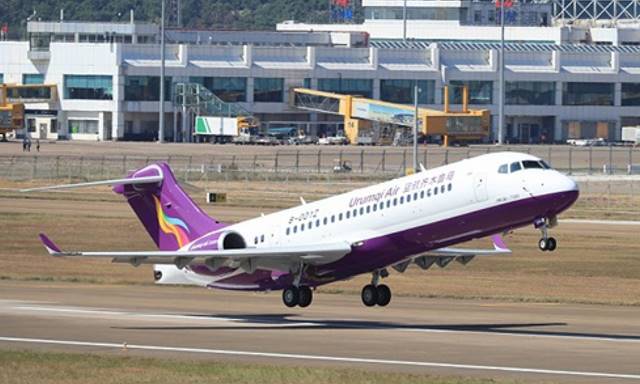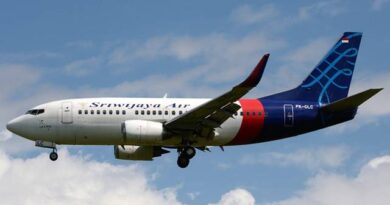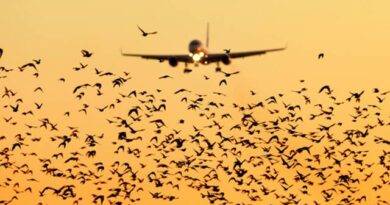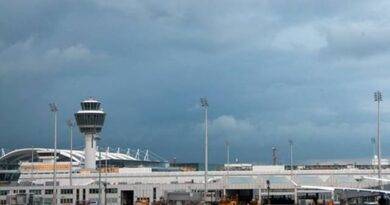MTOW – Maximum Takeoff Weight
MTOW, or Maximum Takeoff Weight, is a critical parameter in aviation that refers to the maximum allowable weight of an aircraft at the start of its takeoff roll. It encompasses the weight of the aircraft itself, including its structure, systems, fuel, passengers, cargo, and any other items on board. MTOW is a key factor in determining an aircraft’s performance, safety, and operational limitations. Let’s delve deeper into the significance of MTOW in aviation, supported by relevant references.
MTOW and Certification
MTOW is a crucial parameter that is determined by the aircraft manufacturer and is certified by regulatory authorities, such as the Federal Aviation Administration (FAA) in the United States or the European Union Aviation Safety Agency (EASA) in Europe. It is established through extensive testing and analysis during the aircraft’s design and development phases, taking into account various factors, including aerodynamics, structural integrity, engines, systems, and performance requirements.
MTOW Safety and Structural Integrity
One of the primary reasons for defining MTOW is to ensure the safety and structural integrity of the aircraft. Aircraft are designed to withstand certain loads and stresses during takeoff, and exceeding the MTOW can jeopardize the structural integrity of the aircraft, leading to catastrophic consequences. MTOW also takes into consideration the length of the runway and environmental factors, such as temperature and altitude, which affect an aircraft’s performance during takeoff.
Performance Capabilities
MTOW also plays a critical role in determining an aircraft’s performance capabilities. It affects an aircraft’s takeoff distance, rate of climb, payload capacity, and range. A higher MTOW typically results in a longer takeoff roll, reduced rate of climb, and reduced payload capacity. On the other hand, a lower MTOW allows for shorter takeoff distances, better climb performance, and increased payload capacity. Therefore, MTOW is a critical parameter for pilots and operators to adhere to in order to ensure safe and efficient operations.
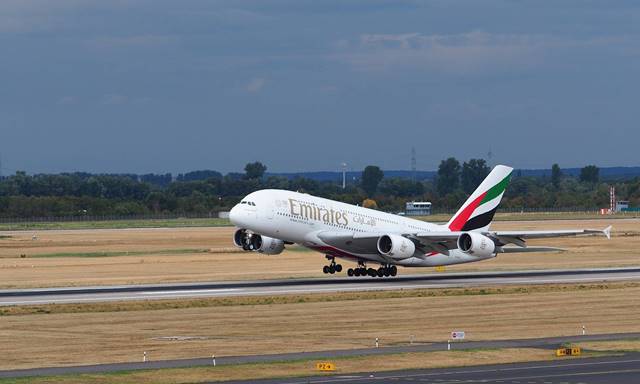
MTOW – References
Several references highlight the importance of MTOW in aviation. For instance, in the FAA’s Aircraft Weight and Balance Handbook, Chapter 2-3 discusses the concept of MTOW and its significance in ensuring the safety and performance of an aircraft during takeoff. The EASA’s Certification Specifications for Large Aeroplanes (CS-25) also includes requirements related to MTOW in terms of structural strength, performance, and safety. Additionally, various aircraft manufacturers’ technical documents and aircraft operating manuals provide detailed information about MTOW, its limitations, and its impact on an aircraft’s performance.
In conclusion, MTOW, or Maximum Takeoff Weight, is a crucial parameter in aviation that defines the maximum allowable weight of an aircraft during takeoff. It is determined by the aircraft manufacturer and certified by regulatory authorities, taking into consideration various factors such as aerodynamics, structural integrity, engines, systems, and performance requirements. Adhering to MTOW is essential for ensuring the safety, structural integrity, and performance of an aircraft during takeoff. References such as the FAA’s Aircraft Weight and Balance Handbook and EASA’s Certification Specifications for Large Aeroplanes provide valuable insights into the significance of MTOW in aviation.
References:
- Federal Aviation Administration (FAA). (2016). Aircraft Weight and Balance Handbook. Retrieved from https://www.faa.gov/regulations_policies/handbooks_manuals/aircraft/airplane_handbook/media/FAA-H-8083-1B.pdf
- European Union Aviation Safety Agency (EASA). (2017). Certification Specifications for Large Aeroplanes (CS-25). Retrieved from https://www.easa.europa.eu/sites/default/files/dfu/CS-25%20Consolidated%20April%202021.pdf
- Federal Aviation Administration (FAA). (2018). Federal Aviation Regulations (FARs) Part 25 – Airworthiness Standards: Transport Category Airplanes. Retrieved from https://www.ecfr.gov/cgi-bin/retrieveECFR?gp=&SID=83cd09f1c0fae8b6af100ff2c48a7e58&r=PART&n=14y1.0.1.1.15.3
- Transport Canada. (2019). TP 14371E – Flight Test Guide for Certification of Transport Category Aeroplanes. Retrieved from https://tc.canada.ca/en/aviation/publications/flight-test-guide-certification-transport-category-aeroplanes
- Aircraft manufacturer technical documents and operating manuals, which provide information on specific aircraft’s MTOW, limitations, and performance characteristics
